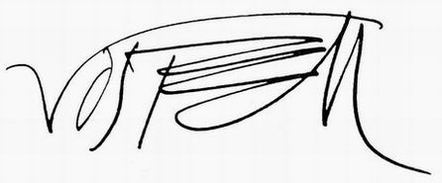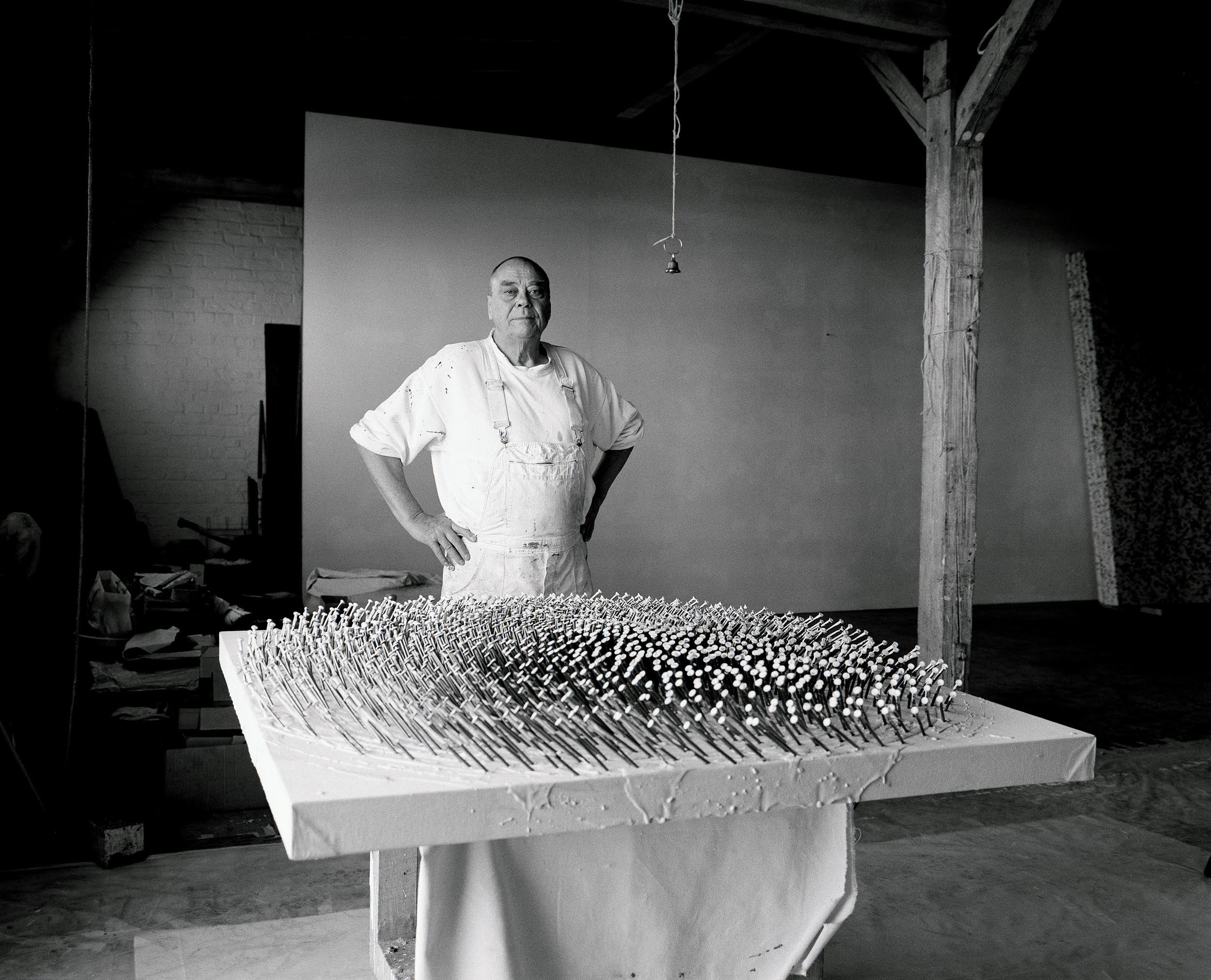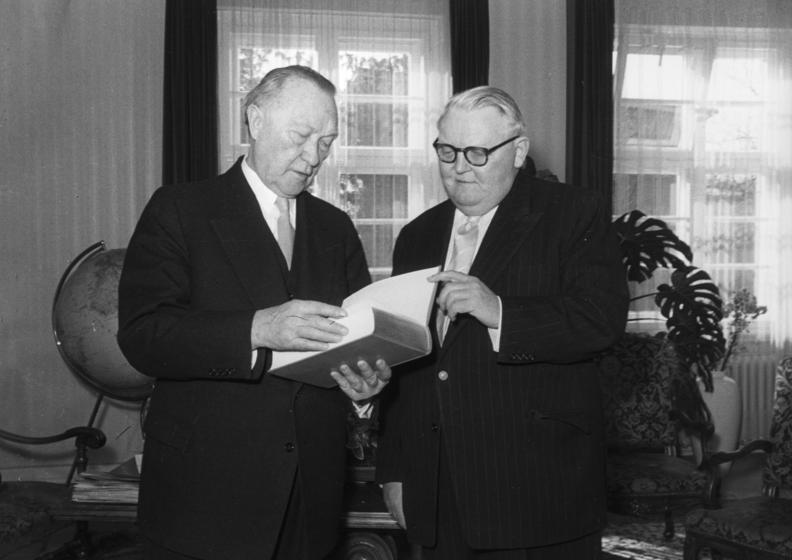|
Bofinger Chair
The Bofinger Chair, also named BA 1171, was designed by architect and designer Helmut Bätzner in 1964. In close co-operation with Bofinger company, situated in Ilsfeld in Baden-Württemberg/Germany, under owner and managing director Rudolf Baresel-Bofinger, the Bofinger stacking chair was developed into the first one-piece plastic chair worldwide in fibreglass- reinforced polyester to be mass-produced in one single pressing process over a steel mould.Vegesack, Alexander (1996), ''100 Masterpieces from the Vitra Design Museum Collection''. Vital Learning Corp The material was dyed all way through before being processed and available in a range of colours including white, yellow, black, red, blue, green, brown and orange. In a long trial series the characteristic shape of the chair was found in regard to seating shape, maximum stability by smallest quantity of material used, required elasticity, stacking capability, and industrial mass-production. The pressing process in the heated ... [...More Info...] [...Related Items...] OR: [Wikipedia] [Google] [Baidu] |
Fiberglass
Fiberglass (American English) or fibreglass (Commonwealth English) is a common type of fiber-reinforced plastic using glass fiber. The fibers may be randomly arranged, flattened into a sheet called a chopped strand mat, or woven into glass cloth. The plastic matrix may be a thermoset polymer matrix—most often based on thermosetting polymers such as epoxy, polyester resin, or vinyl ester resin—or a thermoplastic. Cheaper and more flexible than carbon fiber, it is stronger than many metals by weight, non- magnetic, non-conductive, transparent to electromagnetic radiation, can be molded into complex shapes, and is chemically inert under many circumstances. Applications include aircraft, boats, automobiles, bath tubs and enclosures, swimming pools, hot tubs, septic tanks, water tanks, roofing, pipes, cladding, orthopedic casts, surfboards, and external door skins. Other common names for fiberglass are glass-reinforced plastic (GRP), glass-fiber reinforced plastic (GFRP) or GF ... [...More Info...] [...Related Items...] OR: [Wikipedia] [Google] [Baidu] |
Sigmar Polke
Sigmar Polke (13 February 1941 – 10 June 2010) was a German painter and photographer. Polke experimented with a wide range of styles, subject matters and materials. In the 1970s, he concentrated on photography, returning to paint in the 1980s, when he produced abstract works created by chance through chemical reactions between paint and other products. In the last 20 years of his life, he produced paintings focused on historical events and perceptions of them. Life Polke, the seventh in a family of eight children,Kristine McKenna (3 December 1995)Sigmar Polke's Layered Look : The photographs of the influential German are hard to pin down—as is the artist himself''Los Angeles Times''. was born in Oels in Lower Silesia. He fled with his family to Thuringia in 1945, during the expulsion of Germans after World War II. His family escaped from the Communist regime in East Germany in 1953, traveling first to West Berlin and then to West Germany Rhineland. Upon his arrival in West ... [...More Info...] [...Related Items...] OR: [Wikipedia] [Google] [Baidu] |
Chairs
A chair is a type of seat, typically designed for one person and consisting of one or more legs, a flat or slightly angled seat and a back-rest. They may be made of wood, metal, or synthetic materials, and may be padded or upholstered in various colors and fabrics. Chairs vary in design. An armchair has armrests fixed to the seat; a recliner is upholstered and features a mechanism that lowers the chair's back and raises into place a footrest; a rocking chair has legs fixed to two long curved slats; and a wheelchair has wheels fixed to an axis under the seat. Etymology ''Chair'' comes from the early 13th-century English word ''chaere'', from Old French ''chaiere'' ("chair, seat, throne"), from Latin ''cathedra'' ("seat"). History The chair has been used since antiquity, although for many centuries it was a symbolic article of state and dignity rather than an article for ordinary use. "The chair" is still used as the emblem of authority in the House of Commons in the Unite ... [...More Info...] [...Related Items...] OR: [Wikipedia] [Google] [Baidu] |
Vitra Design Museum
The Vitra Design Museum is a privately owned museum for design in Weil am Rhein, Germany. Former Vitra CEO, and son of Vitra founders Willi and Erika Fehlbaum, Rolf Fehlbaum founded the museum in 1989 as an independent private foundation. The Vitra corporation provides it with a financial subsidy, the use of Vitra architecture, and organizational cooperation. Collection and activities The museum's collection, focusing on furniture and interior design, is centered on the bequest of U.S. designers Charles and Ray Eames, as well as numerous works of designers such as George Nelson, Alvar Aalto, Verner Panton, Dieter Rams, Jean Prouvé, Richard Hutten and Michael Thonet. It is one of the world's largest collections of modern furniture design, including pieces representative of all major periods and styles from the beginning of the nineteenth century onwards. These works, originally the private collection of Rolf Fehlbaum, are now permanently on display at the newly completed ... [...More Info...] [...Related Items...] OR: [Wikipedia] [Google] [Baidu] |
Centre Pompidou
The Centre Pompidou (), more fully the Centre national d'art et de culture Georges-Pompidou ( en, National Georges Pompidou Centre of Art and Culture), also known as the Pompidou Centre in English, is a complex building in the Beaubourg area of the 4th arrondissement of Paris, near Les Halles, rue Montorgueil, and the Marais. It was designed in the style of high-tech architecture by the architectural team of Richard Rogers, Su Rogers, Renzo Piano, along with Gianfranco Franchini. It houses the Bibliothèque publique d'information (Public Information Library), a vast public library; the Musée National d'Art Moderne, which is the largest museum for modern art in Europe; and IRCAM, a centre for music and acoustic research. Because of its location, the centre is known locally as Beaubourg (). It is named after Georges Pompidou, the President of France from 1969 to 1974 who commissioned the building, and was officially opened on 31 January 1977 by President Valéry Giscard d'Esta ... [...More Info...] [...Related Items...] OR: [Wikipedia] [Google] [Baidu] |
Victoria & Albert Museum
The Victoria and Albert Museum (often abbreviated as the V&A) in London is the world's largest museum of applied arts, decorative arts and design, housing a permanent collection of over 2.27 million objects. It was founded in 1852 and named after Queen Victoria and Prince Albert. The V&A is located in the Royal Borough of Kensington and Chelsea, in an area known as "Albertopolis" because of its association with Prince Albert, the Albert Memorial and the major cultural institutions with which he was associated. These include the Natural History Museum, the Science Museum, the Royal Albert Hall and Imperial College London. The museum is a non-departmental public body sponsored by the Department for Digital, Culture, Media and Sport. As with other national British museums, entrance is free. The V&A covers and 145 galleries. Its collection spans 5,000 years of art, from ancient times to the present day, from the cultures of Europe, North America, Asia and North Africa. Ho ... [...More Info...] [...Related Items...] OR: [Wikipedia] [Google] [Baidu] |
Wolf Vostell
Wolf Vostell (14 October 1932 – 3 April 1998) was a German painter and sculptor, considered one of the early adopters of video art and installation art and pioneer of Happenings and Fluxus. Techniques such as blurring and Dé-coll/age are characteristic of his work, as is embedding objects in concrete and the use of television sets in his works. Wolf Vostell was married to the Spanish writer Mercedes Vostell and has two sons, David Vostell and Rafael Vostell. Biography Wolf Vostell was born in Leverkusen, Germany, and put his artistic ideas into practice from 1950 onwards. In 1953, he began an apprenticeship as a lithographer and studied at the Academy of Applied Art in Wuppertal. Vostell created his first Dé-coll/age in 1954. In 1955–1956, he studied at the École Nationale Superieur des Beaux Arts in Paris and in 1957 he attended the Düsseldorf Academy of Arts. Vostell's philosophy was built around the idea that destruction is all around us and it runs through all ... [...More Info...] [...Related Items...] OR: [Wikipedia] [Google] [Baidu] |
Günther Uecker
Günther Uecker (; born 13 March 1930) is a German sculptor, op artist and installation artist. Biography Uecker was born in Wendorf, Mecklenburg.Biography at .de Uecker began his artistic education in 1949 when he took up studies at . He then went to the art school in Berlin-Weißensee and in 1955 to , where he studied ... [...More Info...] [...Related Items...] OR: [Wikipedia] [Google] [Baidu] |
Joseph Beuys
Joseph Heinrich Beuys ( , ; 12 May 1921 – 23 January 1986) was a German artist, teacher, performance artist, and art theorist whose work reflected concepts of humanism, sociology, and anthroposophy. He was a founder of a provocative art movement known as Fluxus and was a key figure in the development of Happenings. Beuys is known for his "extended definition of art" in which the ideas of social sculpture could potentially reshape society and politics. He frequently held open public debates on a wide range of subjects, including political, environmental, social, and long-term cultural issues. Biography Childhood and early life in the Third Reich (1921–1941) Joseph Beuys was born in Krefeld, Germany, on 12 May 1921, to Josef Jakob Beuys (1888–1958), a merchant, and Johanna Maria Margarete Beuys née Hülsermann (1889–1974). Soon after his birth, the family moved from Krefeld to Kleve, an industrial town in Germany's Lower Rhine region, close to the Dutch border. ... [...More Info...] [...Related Items...] OR: [Wikipedia] [Google] [Baidu] |
Polyester Resin
Polyester resins are synthetic resins formed by the reaction of dibasic organic acids and polyhydric alcohols. Maleic anhydride is a commonly used raw material with diacid functionality in unsaturated polyester resins. Unsaturated polyester resins are used in sheet moulding compound, bulk moulding compound and the toner of laser printers. Wall panels fabricated from polyester resins reinforced with fiberglassso-called fiberglass reinforced plastic (FRP)are typically used in restaurants, kitchens, restrooms and other areas that require washable low-maintenance walls. They are also used extensively in cured-in-place pipe applications. Departments of Transportation in the USA also specify them for use as overlays on roads and bridges. In this application they are known AS Polyester Concrete Overlays (PCO). These are usually based on isophthalic acid and cut with styrene at high levelsusually up to 50%. Polyesters are also used in anchor bolt adhesives though epoxy based materials are a ... [...More Info...] [...Related Items...] OR: [Wikipedia] [Google] [Baidu] |
Walter Gropius
Walter Adolph Georg Gropius (18 May 1883 – 5 July 1969) was a German-American architect An architect is a person who plans, designs and oversees the construction of buildings. To practice architecture means to provide services in connection with the design of buildings and the space within the site surrounding the buildings that h ... and founder of the Bauhaus School, who, along with Alvar Aalto, Ludwig Mies van der Rohe, Le Corbusier and Frank Lloyd Wright, is widely regarded as one of the pioneering masters of modernist architecture. He is a founder of Bauhaus in Weimar (1919). Gropius was also a leading architect of the International Style (architecture), International Style. Family and early life Born in Berlin, Walter Gropius was the third child of Walter Adolph Gropius and Manon Auguste Pauline Scharnweber (1855–1933), daughter of the Prussian politician Georg Scharnweber (1816–1894). Walter's great-uncle Martin Gropius (1824–1880) was the architect of t ... [...More Info...] [...Related Items...] OR: [Wikipedia] [Google] [Baidu] |
Ludwig Erhard
Ludwig Wilhelm Erhard (; 4 February 1897 – 5 May 1977) was a German politician affiliated with the Christian Democratic Union (CDU), and chancellor of West Germany from 1963 until 1966. He is known for leading the West German postwar economic reforms and economic recovery (''Wirtschaftswunder'', German for "economic miracle") in his role as Minister of Economic Affairs under Chancellor Konrad Adenauer from 1949 to 1963. During that period he promoted the concept of the social market economy (''soziale Marktwirtschaft''), on which Germany's economic policy in the 21st century continues to be based. In his tenure as Chancellor, however, Erhard lacked support from Adenauer, who remained chairman of the party until 1966, and failed to win the public's confidence in his handling of a budget deficit and his direction of foreign policy. His popularity waned, and he resigned his chancellorship on 30 November 1966. Early life Ludwig Erhard was born in Fürth, Kingdom of Bavaria on 4 Fe ... [...More Info...] [...Related Items...] OR: [Wikipedia] [Google] [Baidu] |

.jpg)







.png)
